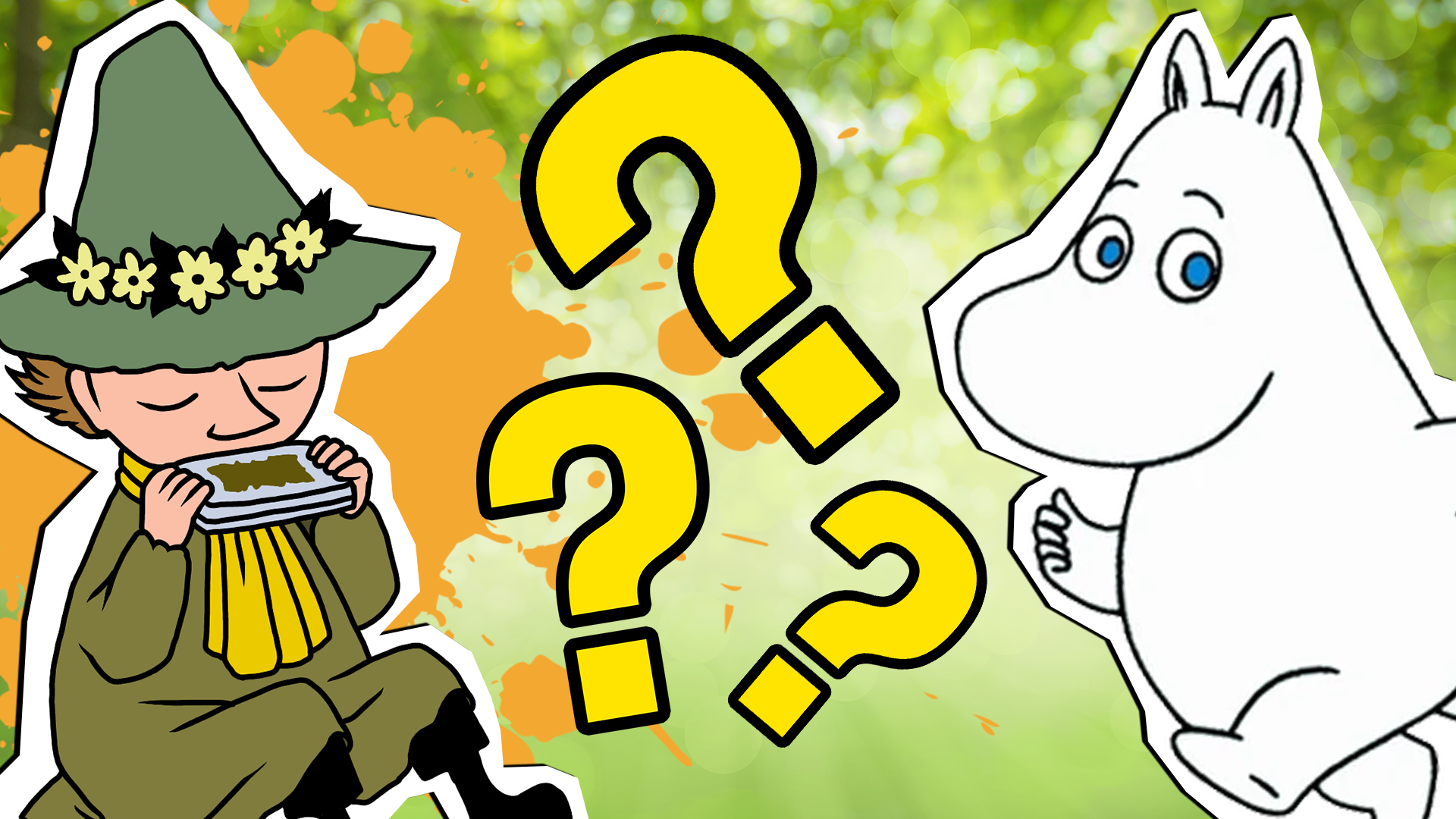20 Crazy Fun Chemistry Facts
These crazy awesome chemistry facts are sure to get a reaction out of you!
Is chemistry your favourite subject in school, or do you think it doesn't "matter"? Either way, you probably know a few of the basics already! Chemistry is about the study of matter and how different elements react to each other - and we can do some really amazing stuff with it! You've probably studied the element table, and you know that matter comes in solids, liquids and gases - but there's so much more to learn! We've put together twenty fun facts for you - you'll definitely learn something new today!
Love science? So do we! Try our periodic table quiz, see how well you know the human body, have a go at our biology trivia quiz, or take a study break with these hilarious scientist jokes!
1. Water gets bigger as it freezes
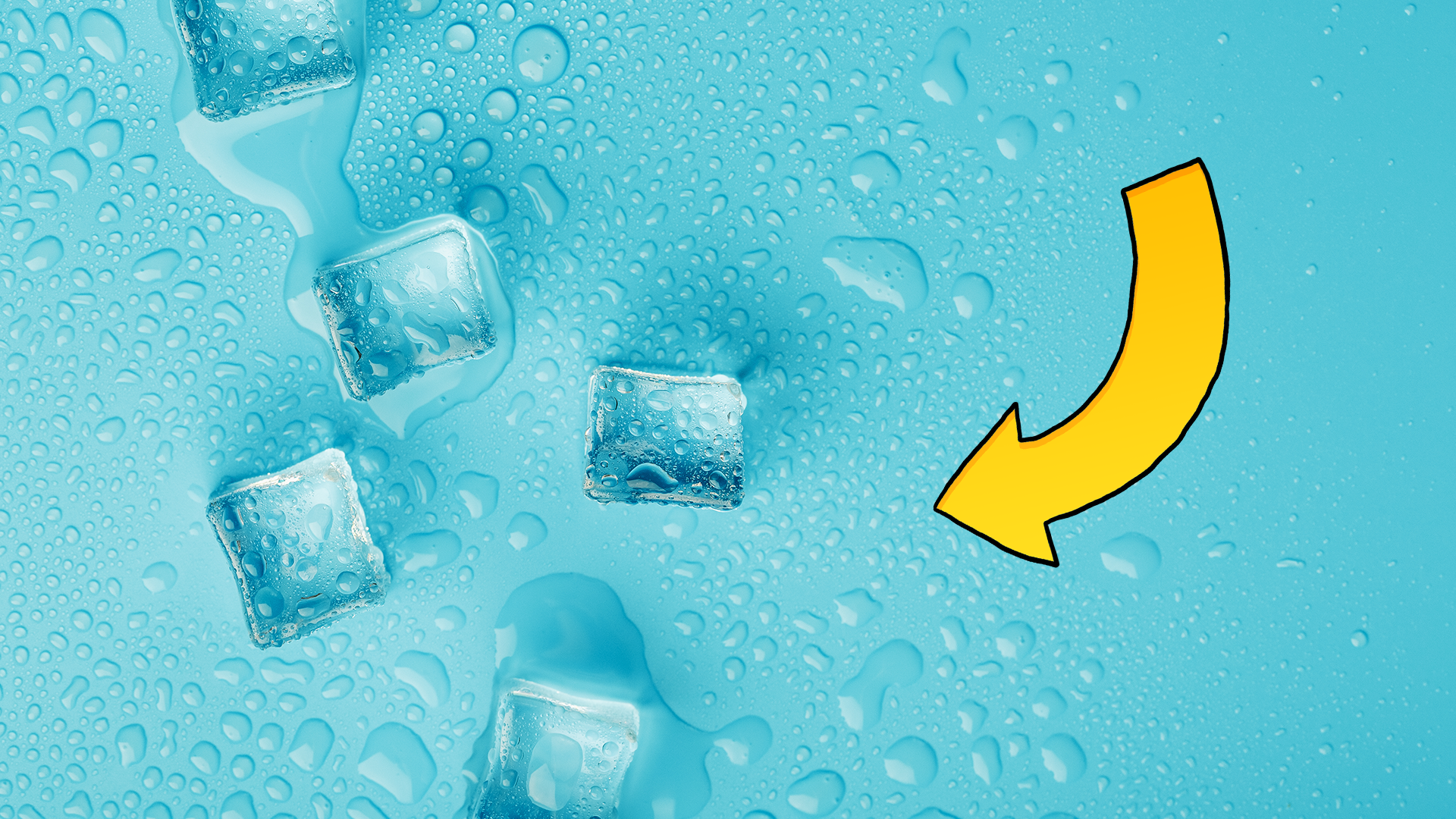
Yep, water is a chemical - and unlike many chemicals, it gets bigger when it's cold! The volume of one ice cube is about 9% bigger than the water used to make it. This is why it's a bad idea to freeze water in glass bottles - they will probably shatter!
2. But, ice is less dense than water!
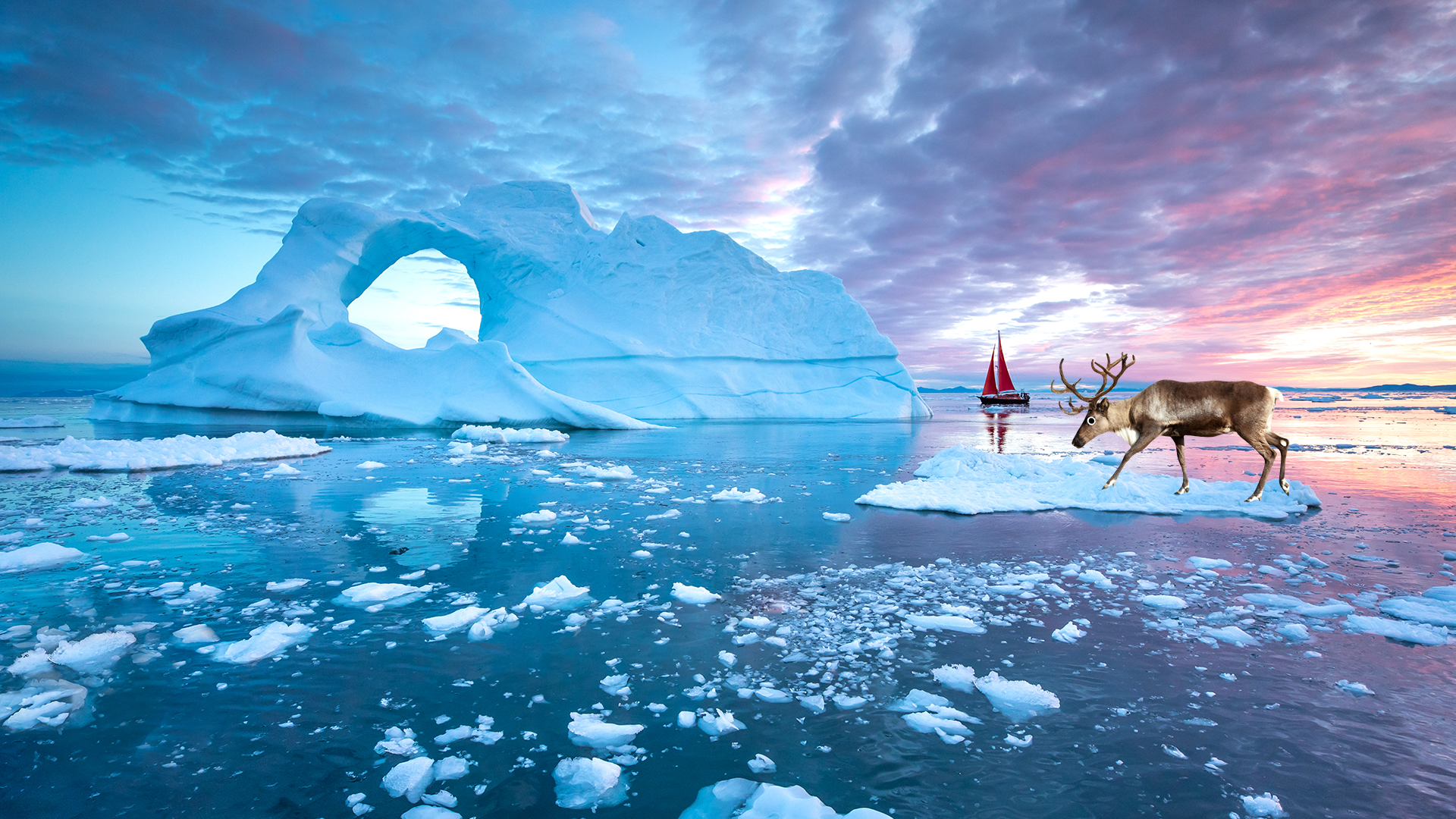
Ice is about 10% less dense than water, which is why it can float on top of water!
3. Most metals are silvery
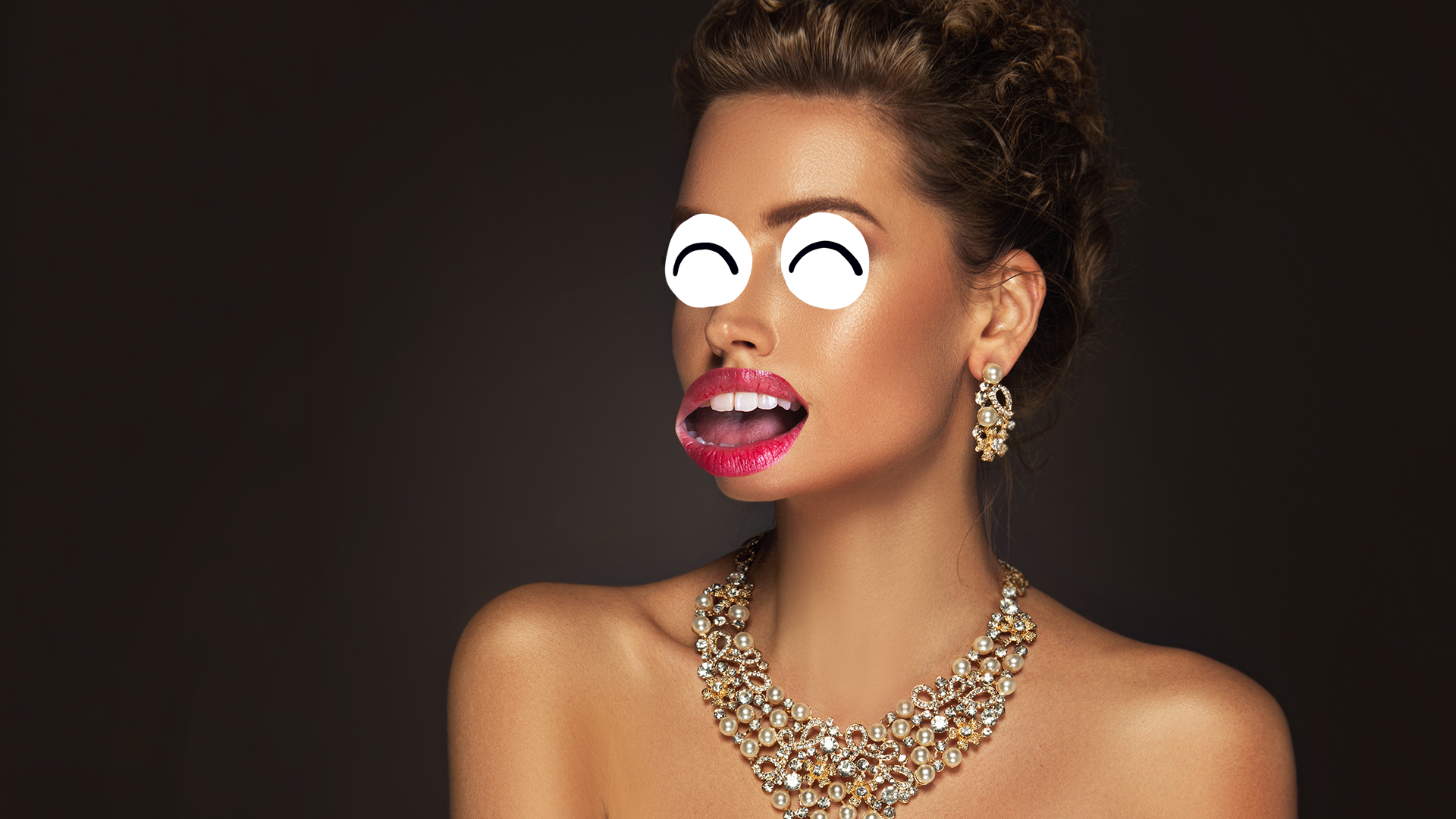
The only three metals on the periodic table that don't have a silvery shine are gold, copper and cesium. The reasons why are complicated, but it's basically due to the way they reflect light - different colours from the colour spectrum comes out from their unique structure.
4. You have some seriously old atoms in your body
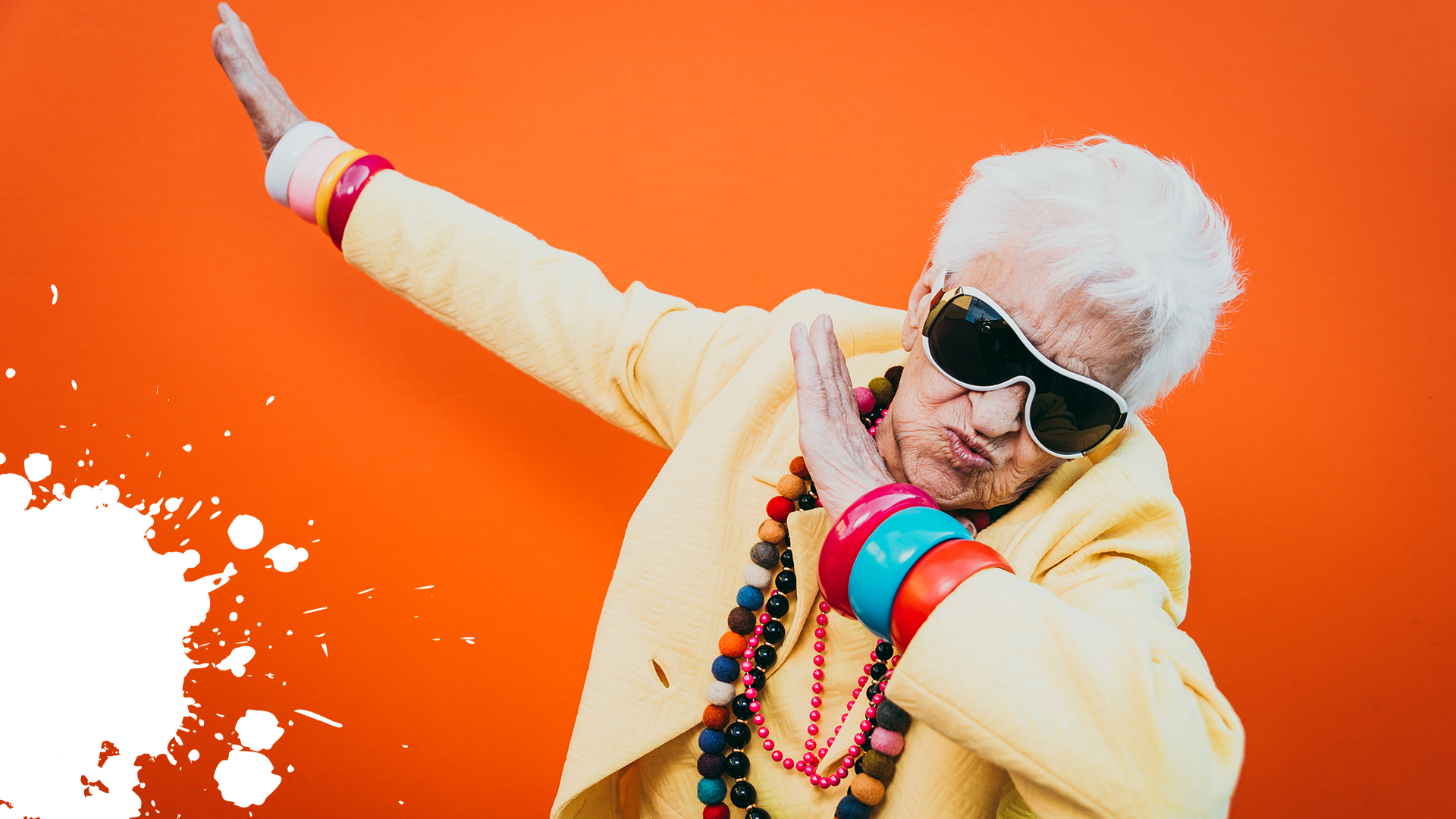
Hydrogen was the first element to exist, and it appeared at the very begining of the universe - around 13.5 billion years ago. All hydrogen is this old, and it makes up about 75% of the universe's total mass. 10% of your body mass is hydrogen - that means, technically, bits of you are 13.5 BILLION years old!
5. Some elements glow
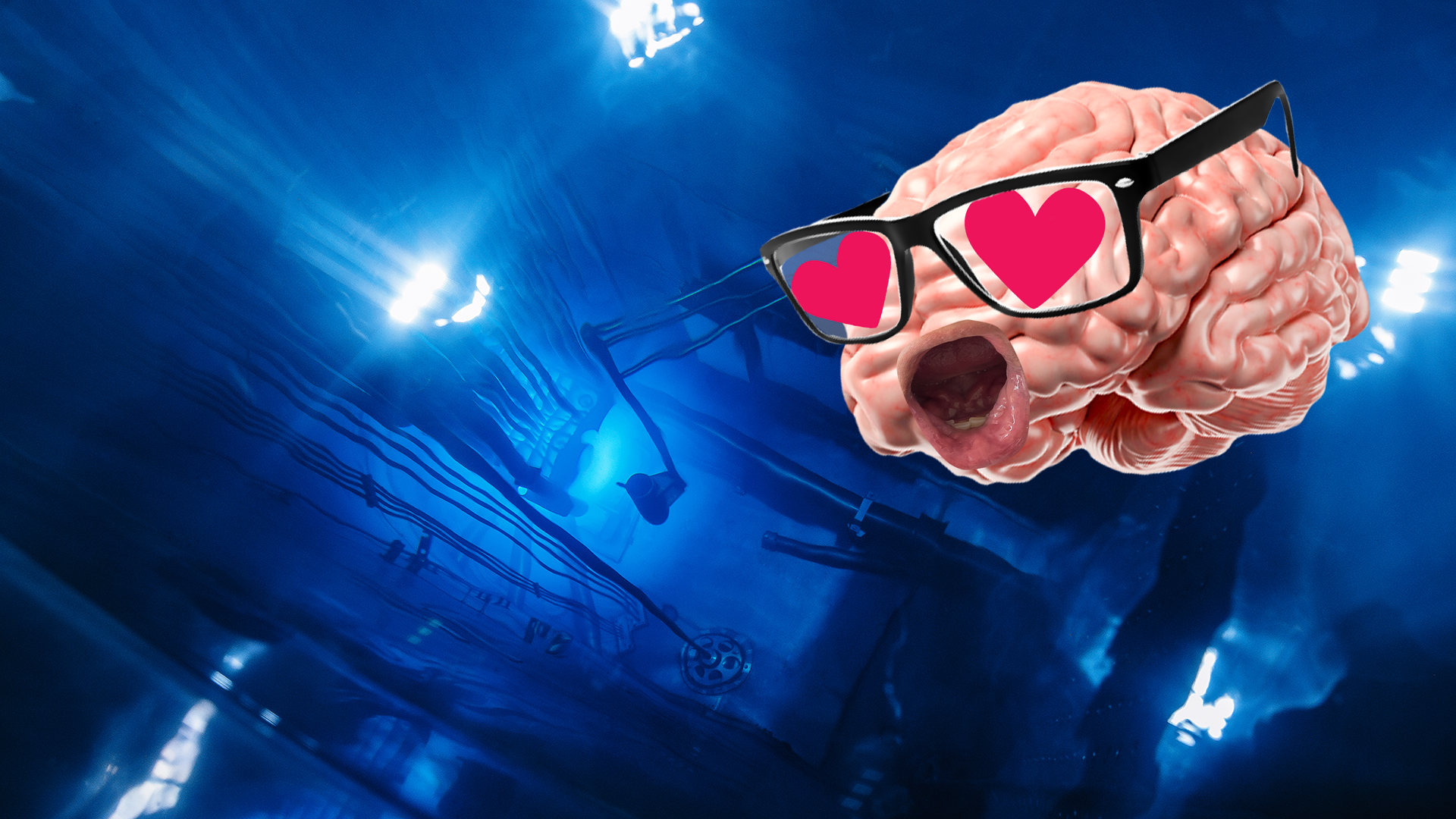
Some elements have a seriously cool ability - they glow in the dark! Radon is usually a gas, but when it's frozen it turns a glowing red. Actinium glows a pale blue in a dark room, and radium famously glows green in the dark. In nuclear physics, a blue glow is produced when charged particles are emitted by the reactor. This is called Cherenkov radiation, and it's quite beautiful to look at!
6. Radium was used in planes
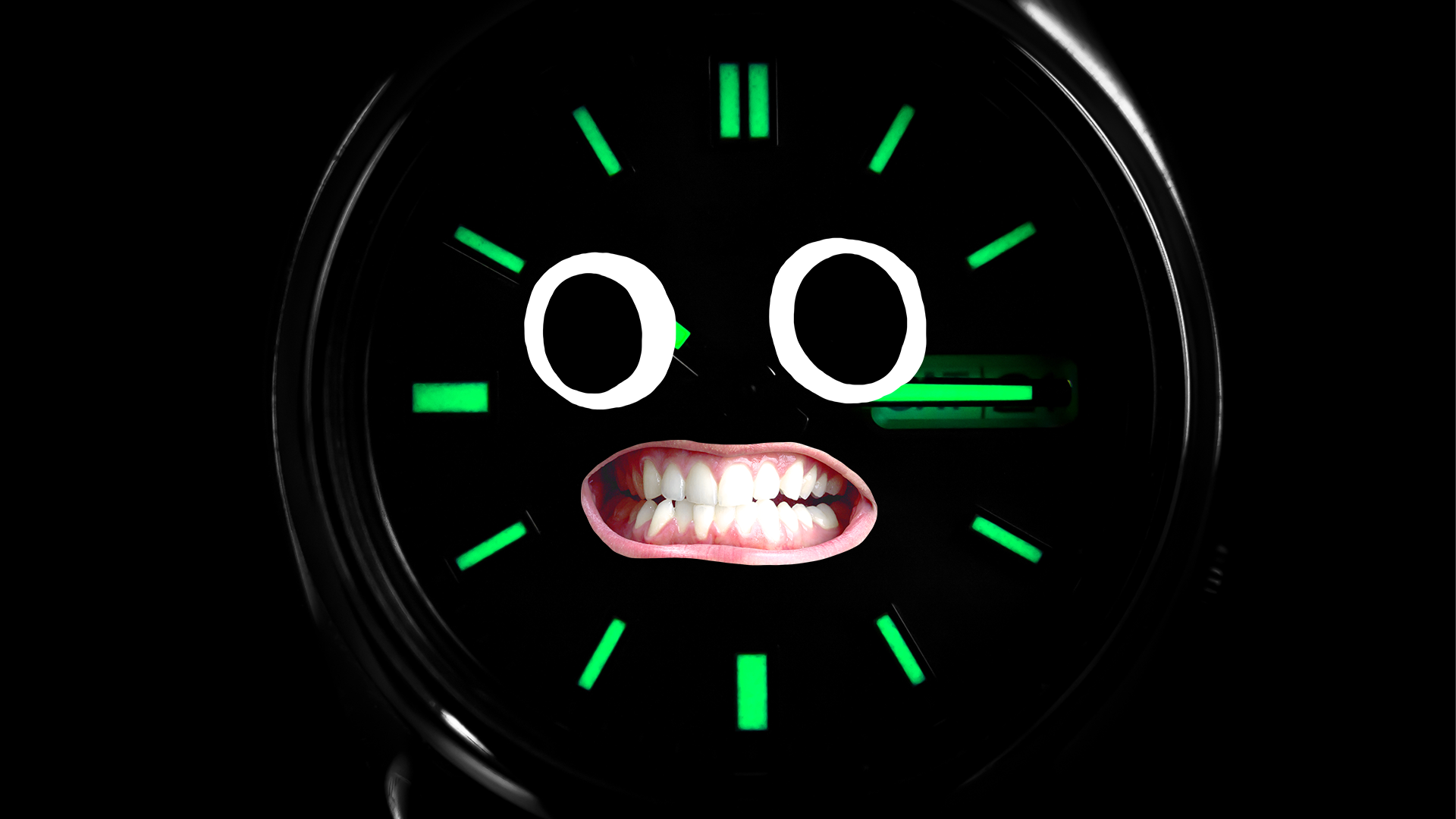
Obviously, glowing things can be super useful. In the first half of the 20th century, radium paint was used on watch hands, aircraft cockpits, clocks, and instrument dials. It was useful to be able to read these things in the dark, and the need for planes and instruments went up during the World Wars. Unfortunately, longterm exposure to radium can cause radiation poisoning, which is a very serious illness that can result in skin problems, cancers, and death. A lot of the people painting the radium were young women, and they were encouraged to lick their paintbrushes to get them to a point. They would also sometimes paint their nails and even their teeth with the glowing paint, because they were told it was totally harmless! Unfortunately this caused a lot of severe health problems for the women, and several died. The "Radium Girls" later sued their employers for putting them in danger. Radium paint isn't used in aircraft or watchmaking any more, but some museums and antique collectors have extra safety precautions for their displays if they have items with radium paint!
7. People take radium baths
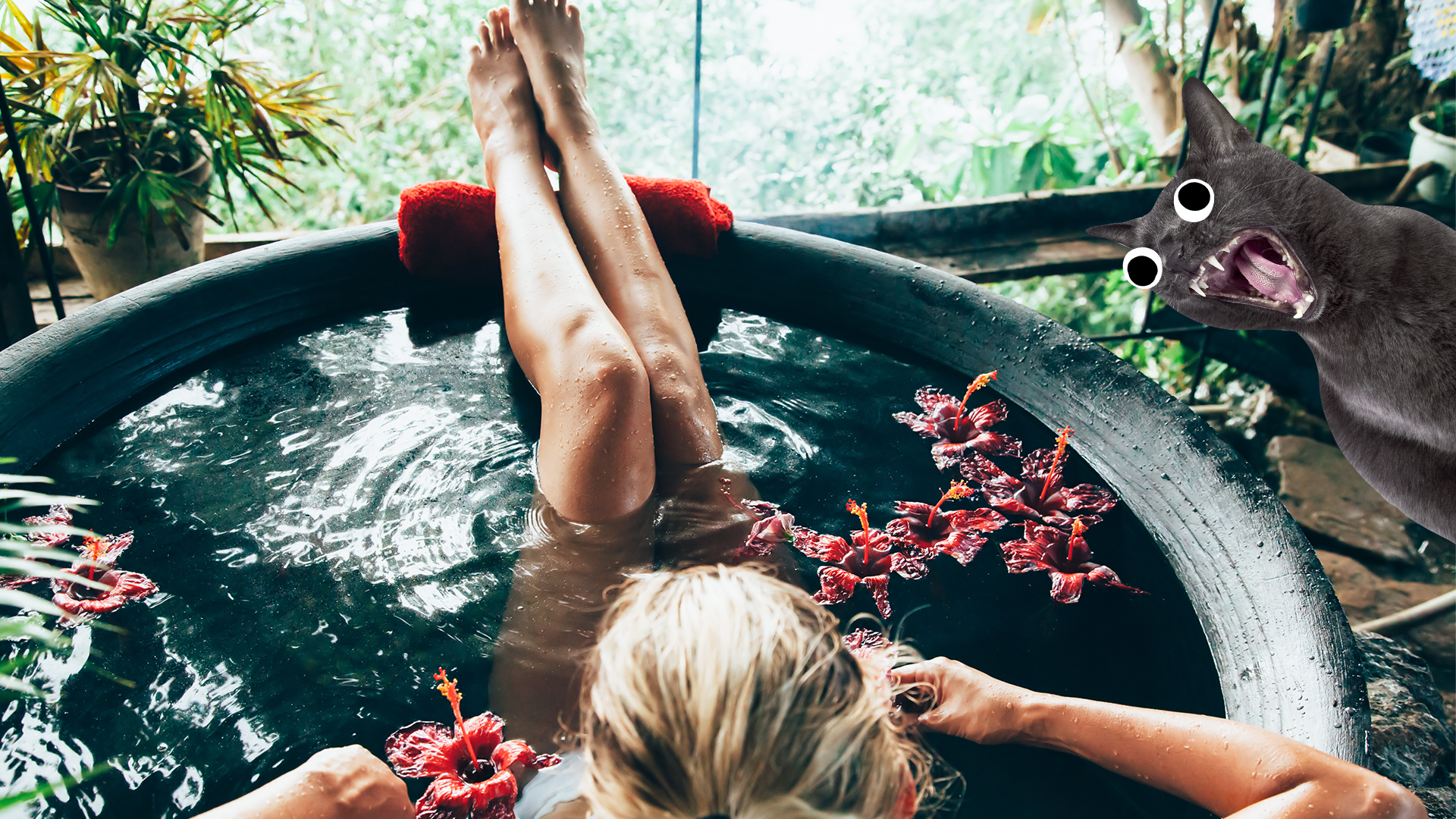
In the early 20th century, when lots of people didn't know how dangerous radium could be, it was sometimes sold as a miracle cure and even a spa treatment! Radiation is used legitimately in medicine, mostly as a cancer treatment, but some people decided to sell it as a miracle cure! Radium bath salts, toothpastes, radon-infused water, and sand with uranium in it were sold as cures for aches and pains, and also as beauty treatments. These probably wouldn't harm you very much as they used tiny amounts of radiation, but they also didn't work as cures or treatments! Radium spas still exist in some countries - would you give it a go?
8. You're made of salt!
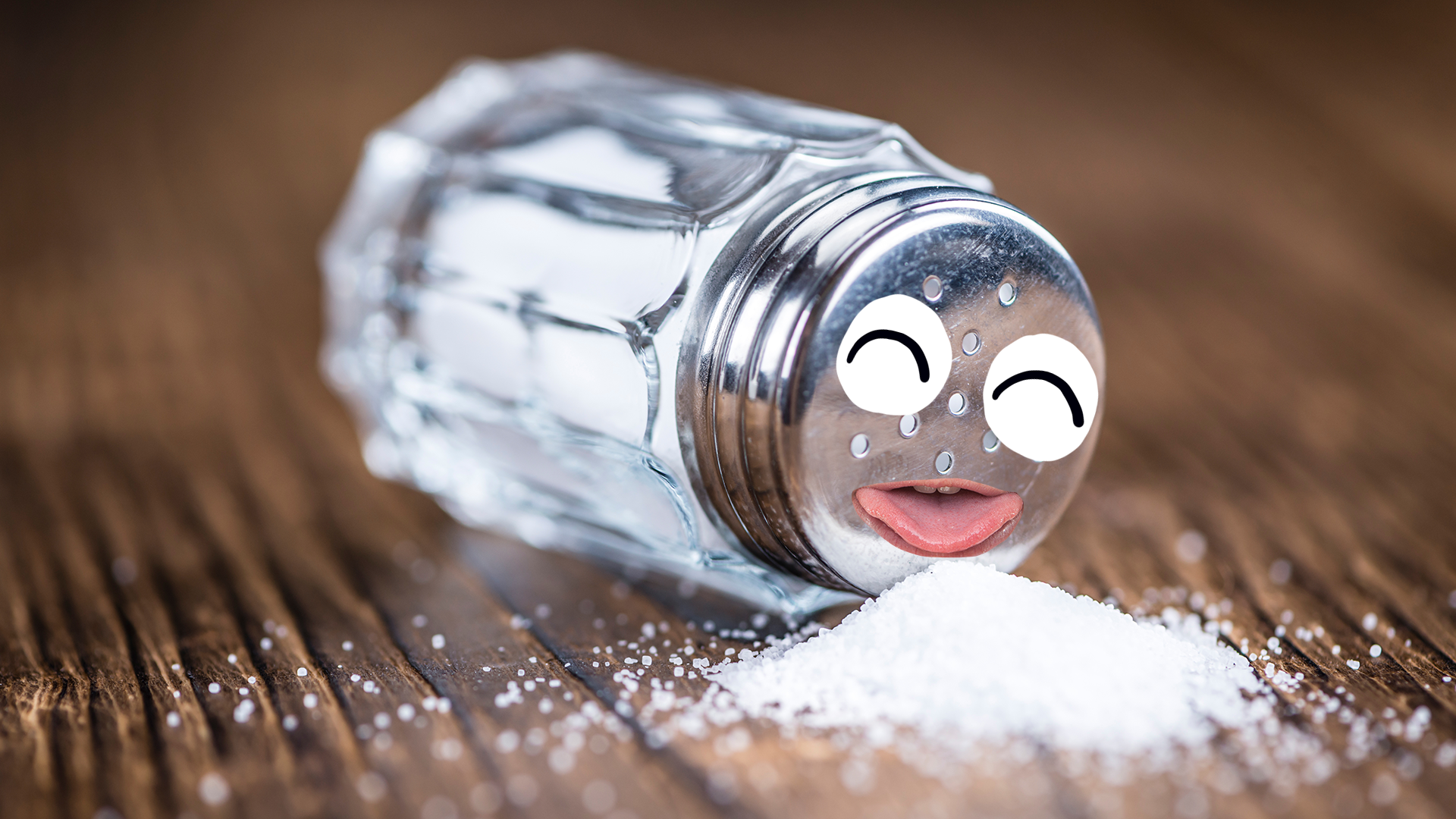
There's about 200g of salt in the average adult human body! Sodium in your body helps you to retain water, which you need to stay healthy!
9. There is such a thing as "lighter than air"
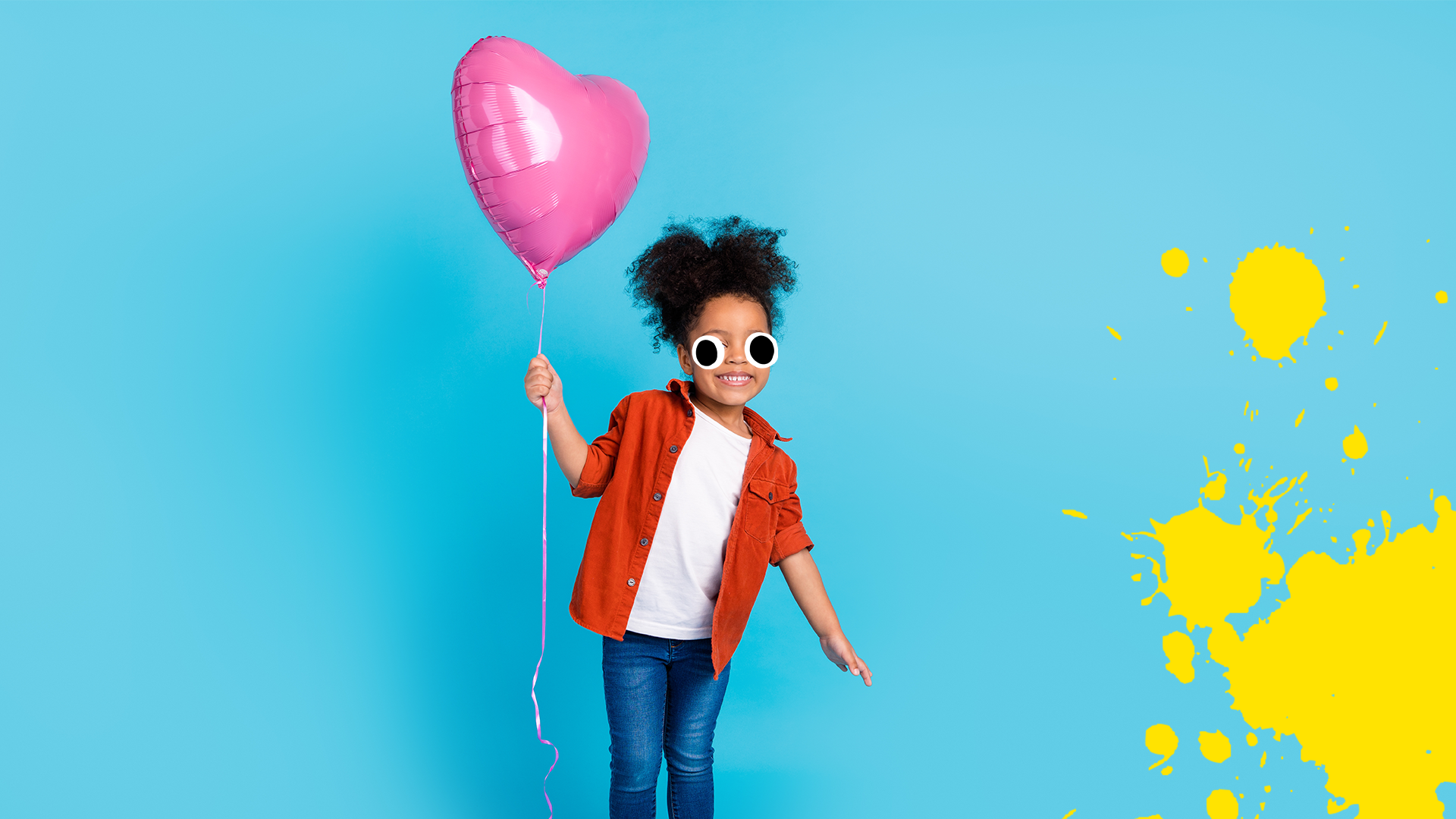
It feels like air weighs nothing, but something weighs even less than air - helium! This gas is commonly put into balloons, and that's why they float - they're literally lighter than the air around them!
10. There's an older version of chemistry
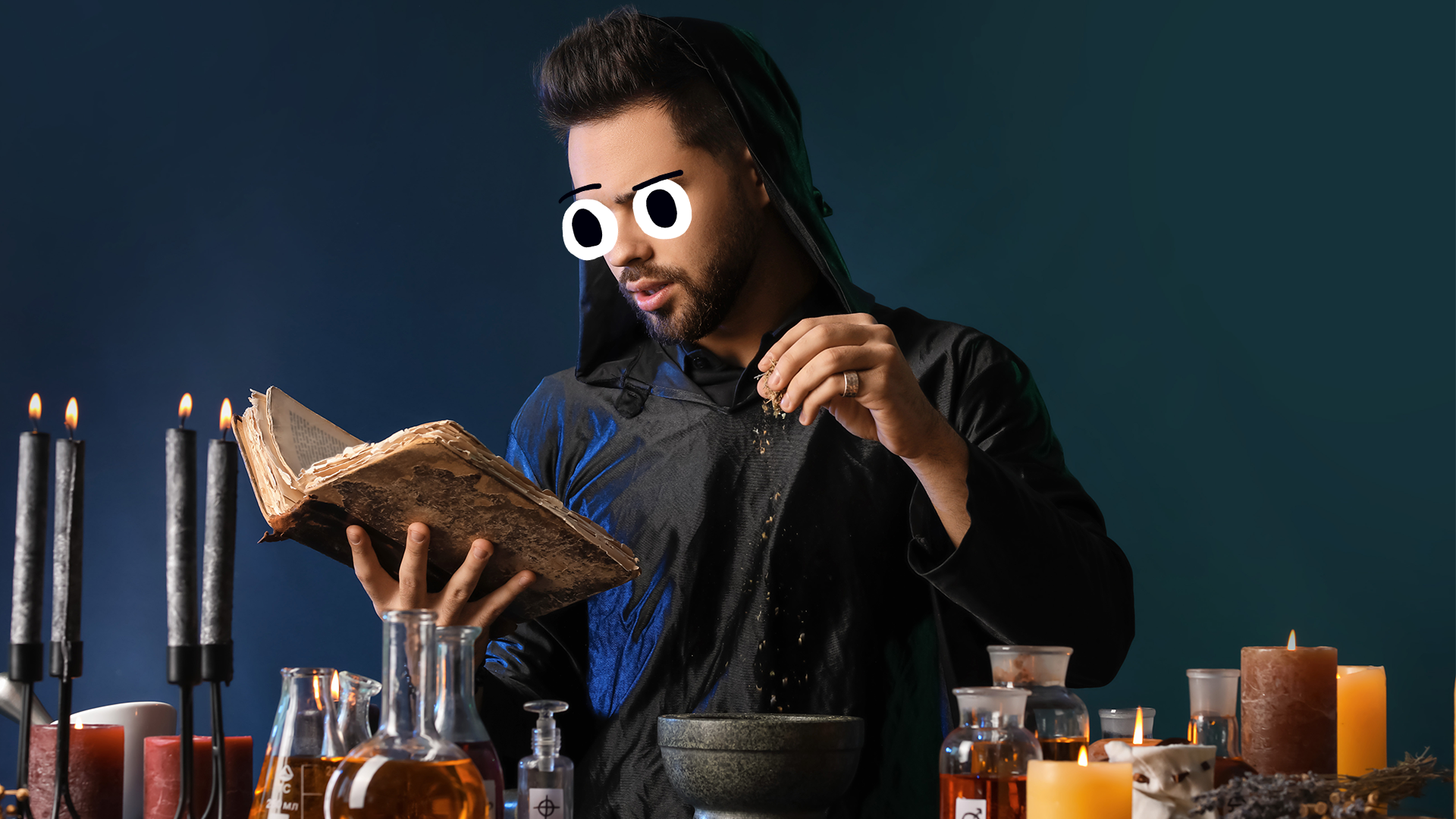
Chemistry is the science of chemicals, but long ago people knew less about how it worked. Alchemists were people who mixed substances together to try and create magical potions - alchemists tried to turn lead into gold, and discover a potion that would let you live forever. They had some incorrect beliefs about the world - some thought that the positions of the stars affected their potions! They didn't manage to turn lead into gold or discover the secret to immortality, but they did make a few interesting discoveries about chemicals.
11. Metal can be liquid
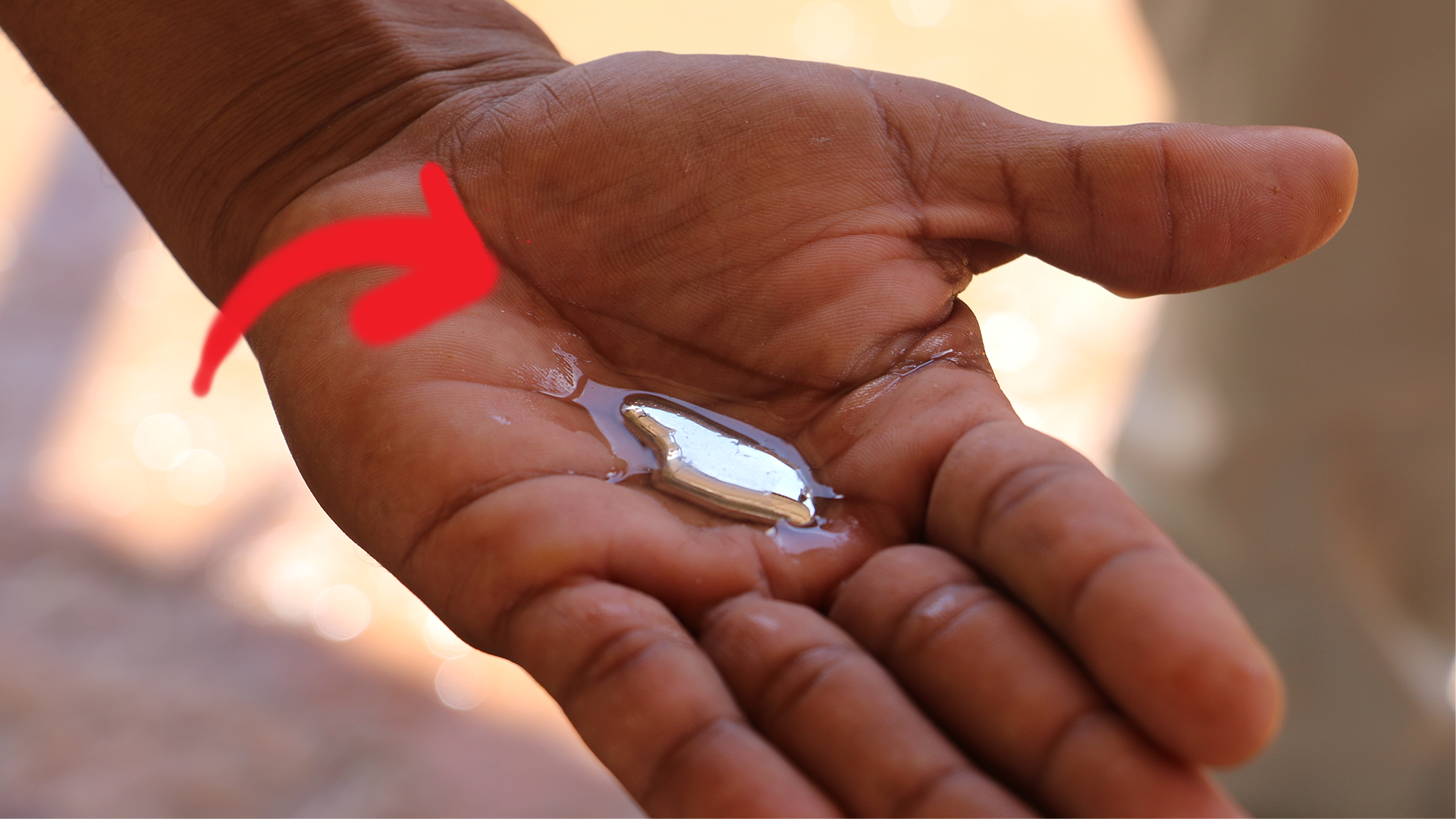
Mercury is a metal, and when it's kept at room temperature it's a liquid! Mercury was historically used in glass thermometers, because it expands when it gets hotter. Mercury is also dangerous for people to touch, so most countries don't use mercury thermometers in medicine any more.
12. You also have lead in your body
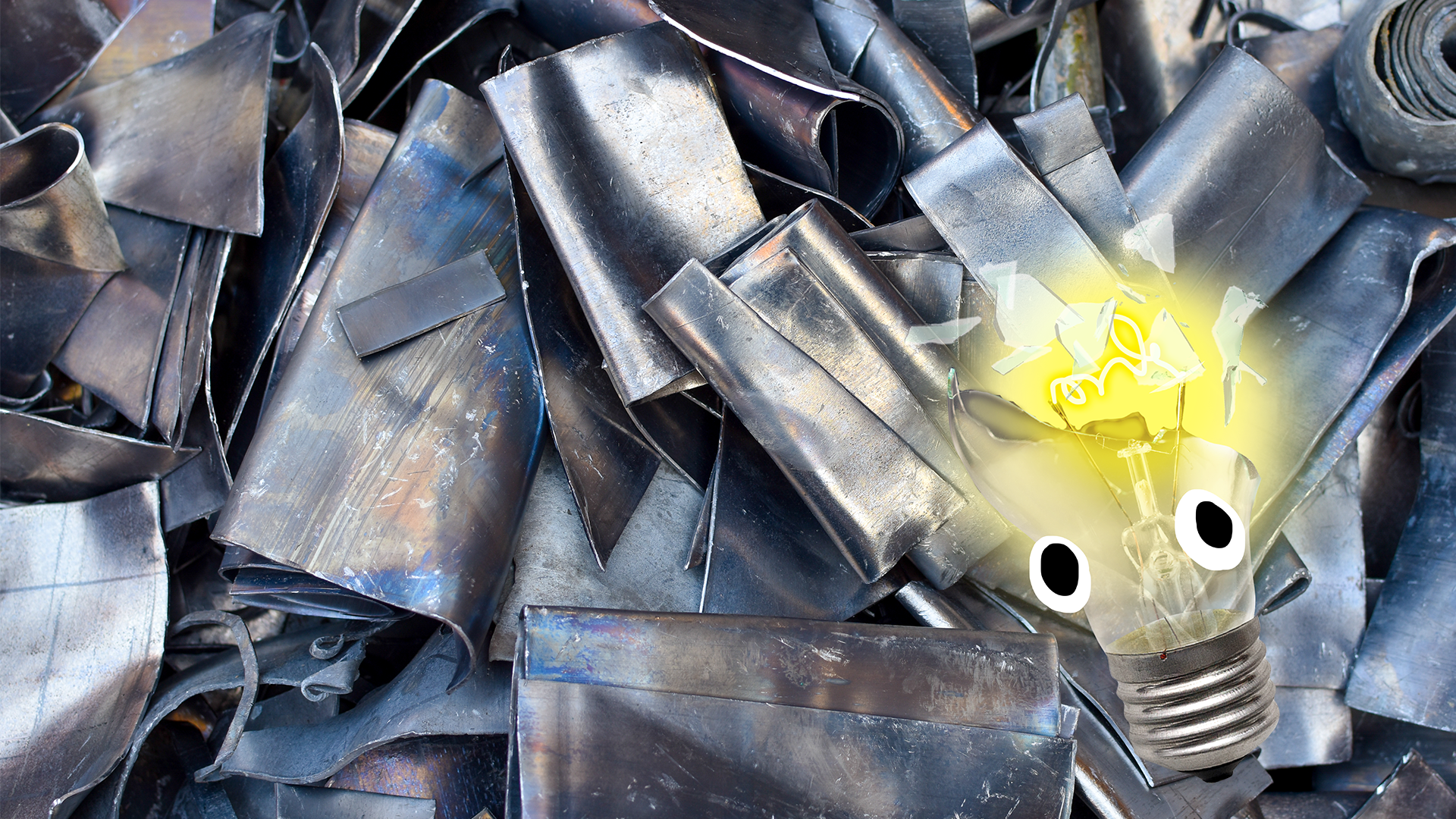
Lead is another element that it's not safe to be around. In the olden days lots of things had lead in them, from food cans to water pipes to petrol to paint! A little bit is absolutely fine though - in fact, your body has a teeny tiny amount of lead in it already!
13. Gold isn't the most expensive element
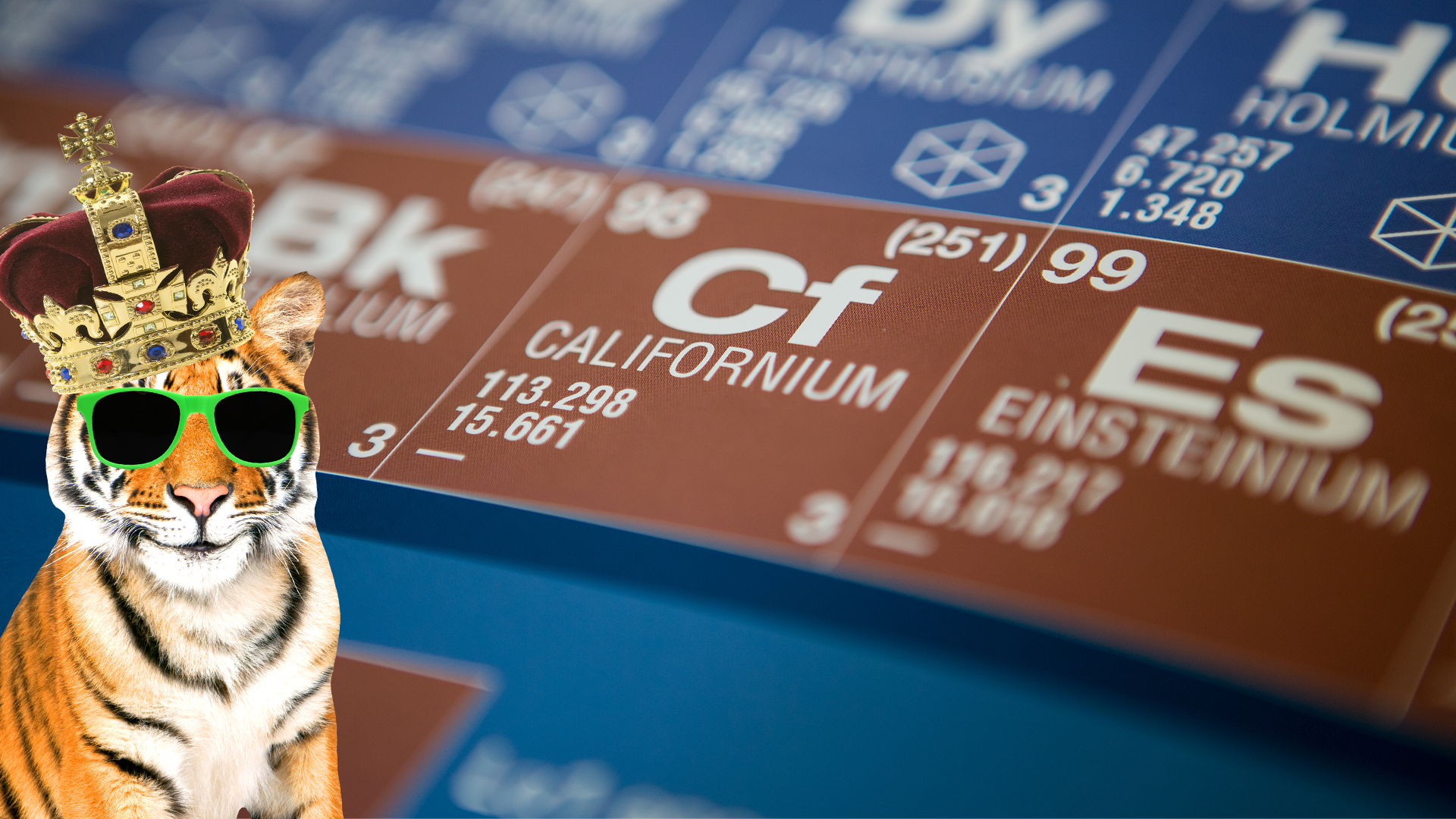
While it'll cost you a lot to buy a real gold necklace, the most expensive element is actually californium. It's used in several industries, and it can cost a staggering $2.7 billion per gram!
14. Copper is antibacterial
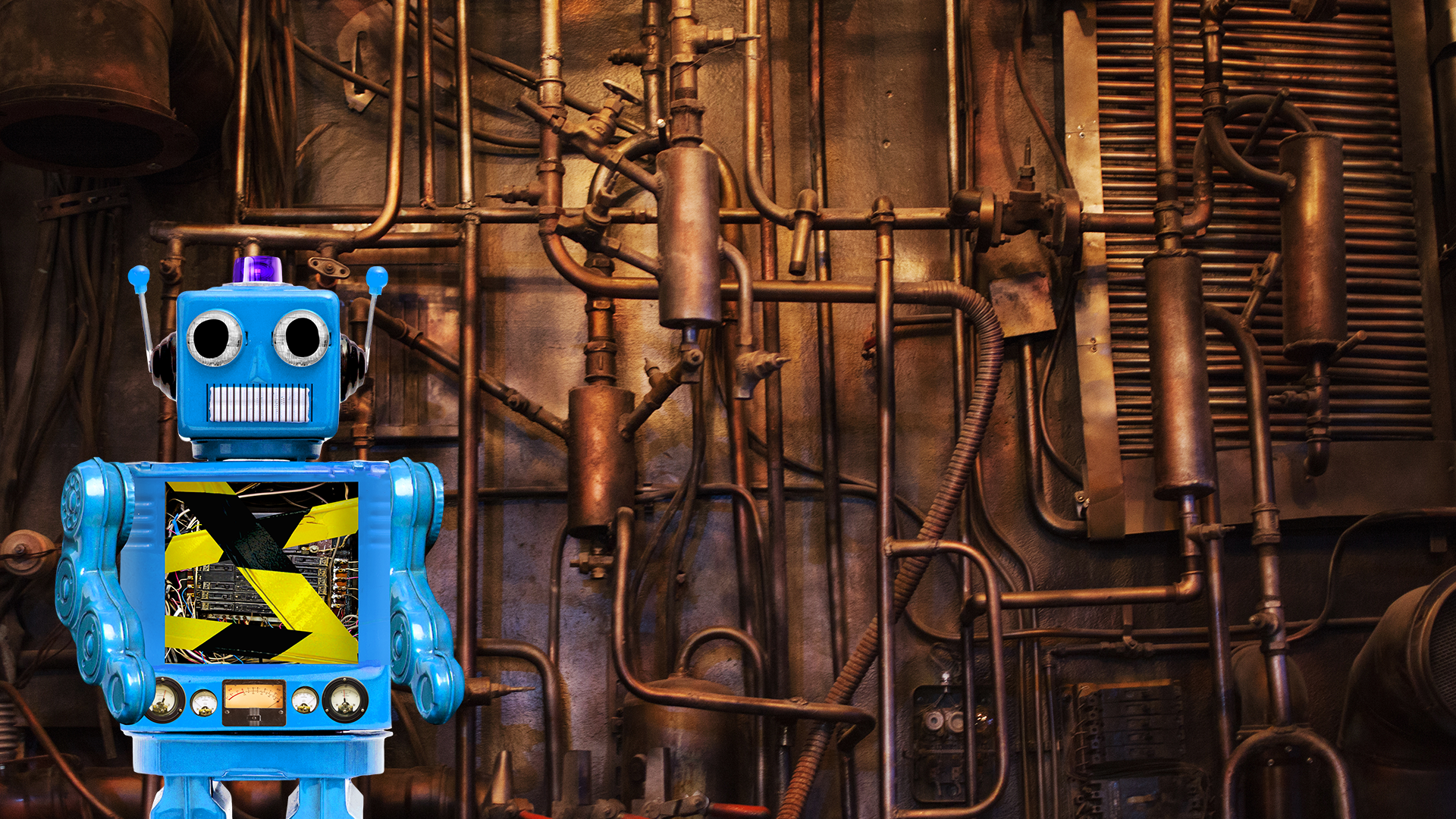
Copper kills germs on its surface quickly, which makes it handy in medicine! Several ancient societies used copper to treat pain, sterilise wounds, prevent infection and stop sore throats! It was found that the COVID-19 virus could only live for four hours on copper, while it could live for up to 3 days on plastic.
15. Clouds aren't gas
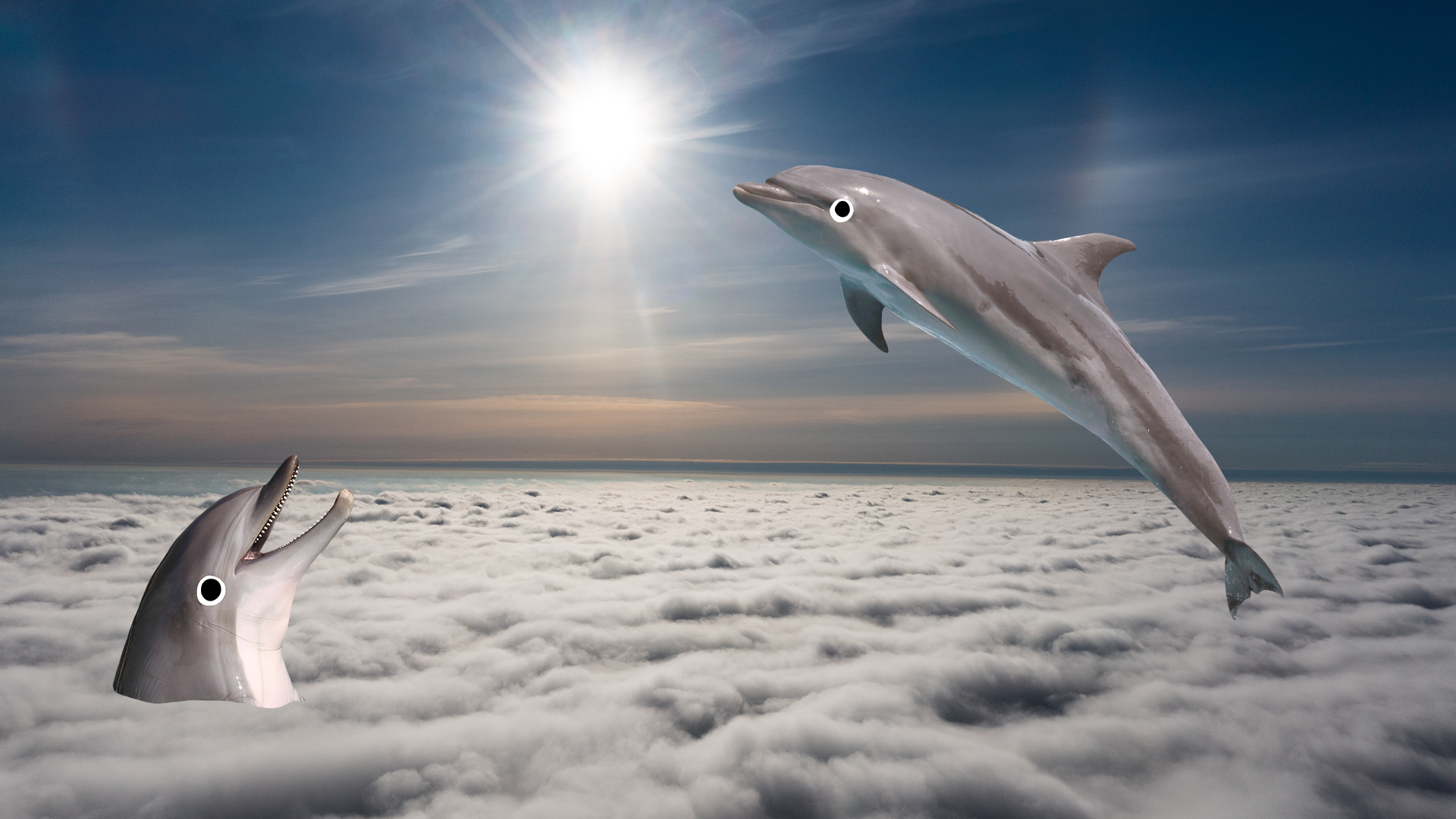
Clouds kind of look like steam and they live up in the sky, so they must be a gas, right? Not quite! They're actually made of tiny drops of liquid. When the droplets gather and become heavy, that's when rain falls.
16. Diamonds are TOUGH
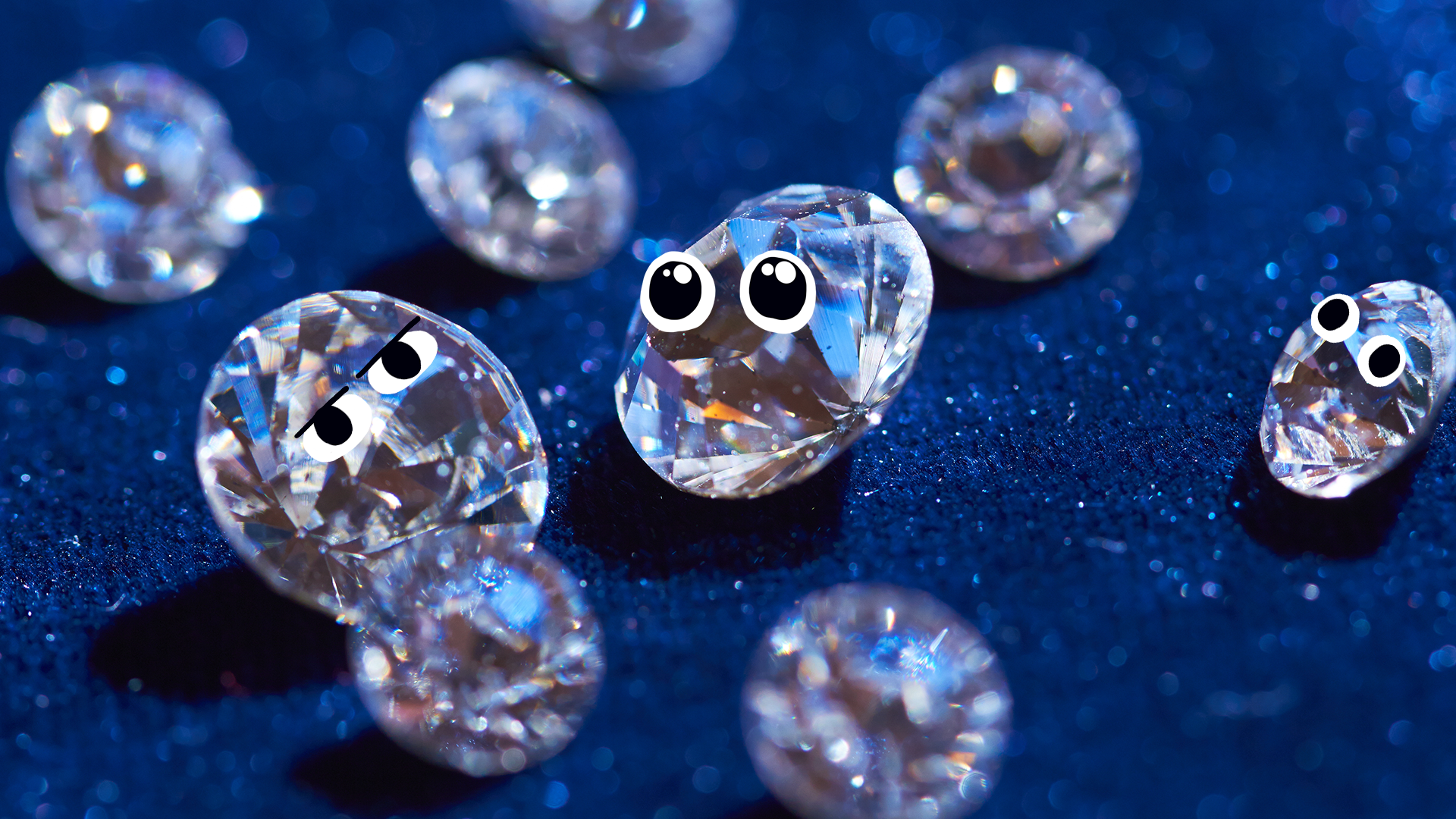
Diamonds are gorgeous, but they're also seriously tough! Blades made of diamond are used to cut very hard materials, - and you would need temperatures of over 1000 degrees celsius to burn a diamond!
17. Your spit lets you taste salt
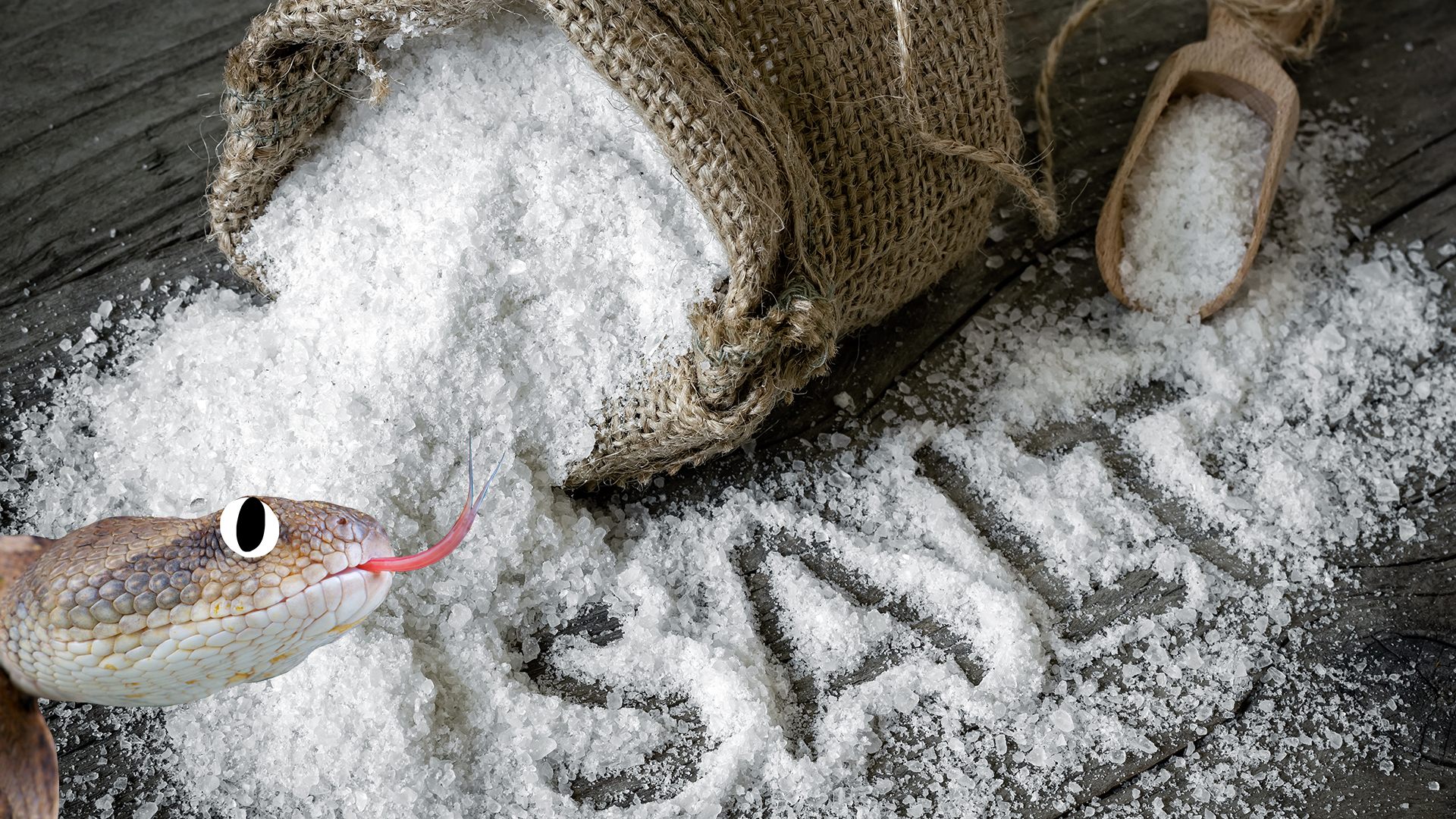
Ordinary table salt is made of sodium and chlorine. When you eat it your spit breaks the two kinds of atoms apart, and that's what allows you to taste the salt! If for some reason you couldn't break them apart (maybe if you have a VERY dry mouth), you wouldn't taste anything!
18. You REALLY can't drink sea water
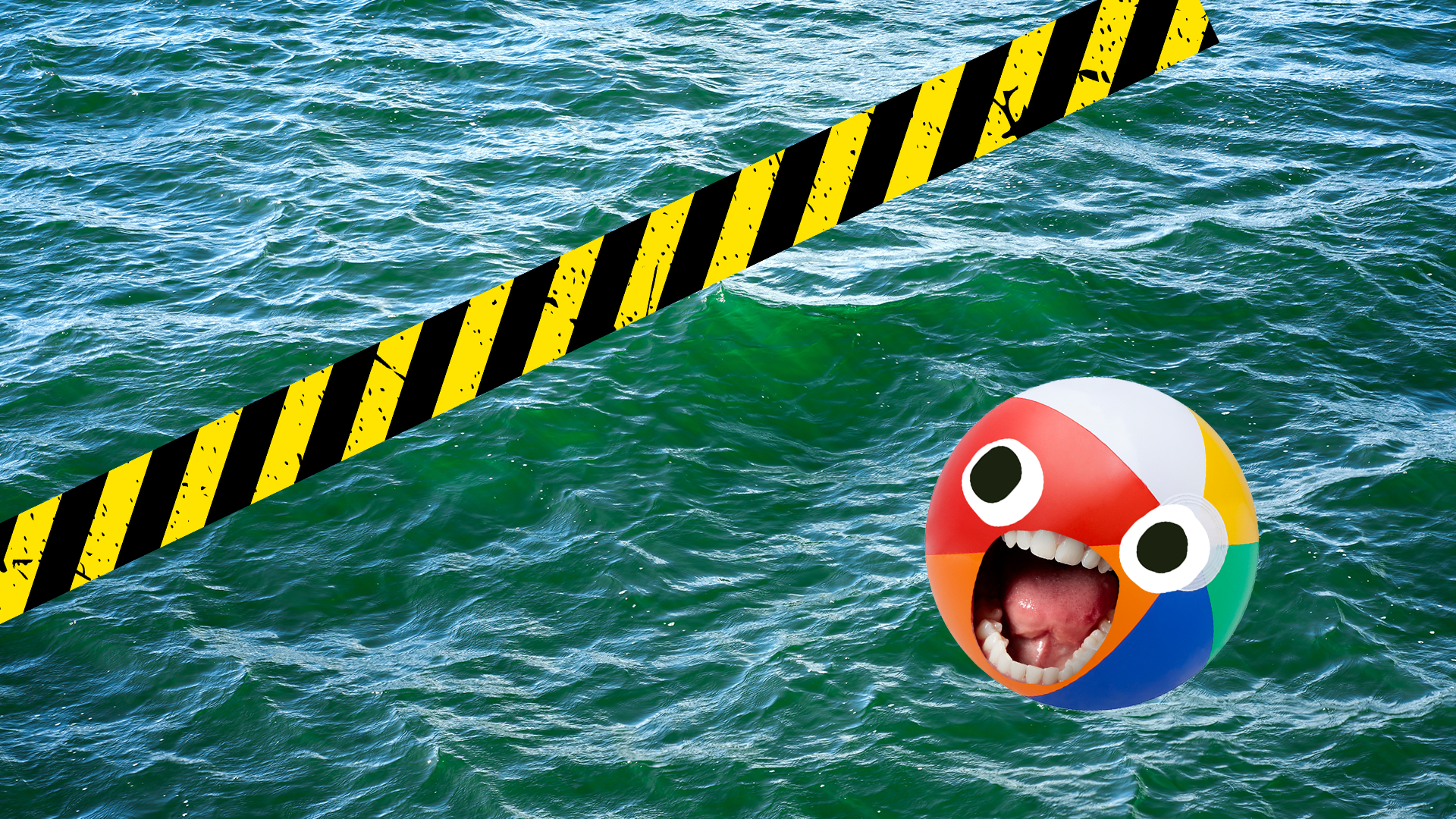
So, it's good to have some salt in your body, and water is good for you - maybe drinking sea water is a good way to kill two birds with one stone? Not at all! If you eat too much salt in your food, you'll probably feel a bit rotten but your body will get rid of it (usually through your pee). But sea water is SO salty that getting rid of it needs extra water, so your body will add more water to your pee. This will mean you get VERY dehydrated VERY quickly, and it will cause nausea, vomiting, tiredness and in extreme cases, death. Sea water isn't all bad though - it can be good for your skin, and sea swimming helps people to relax!
19. Iron makes things red
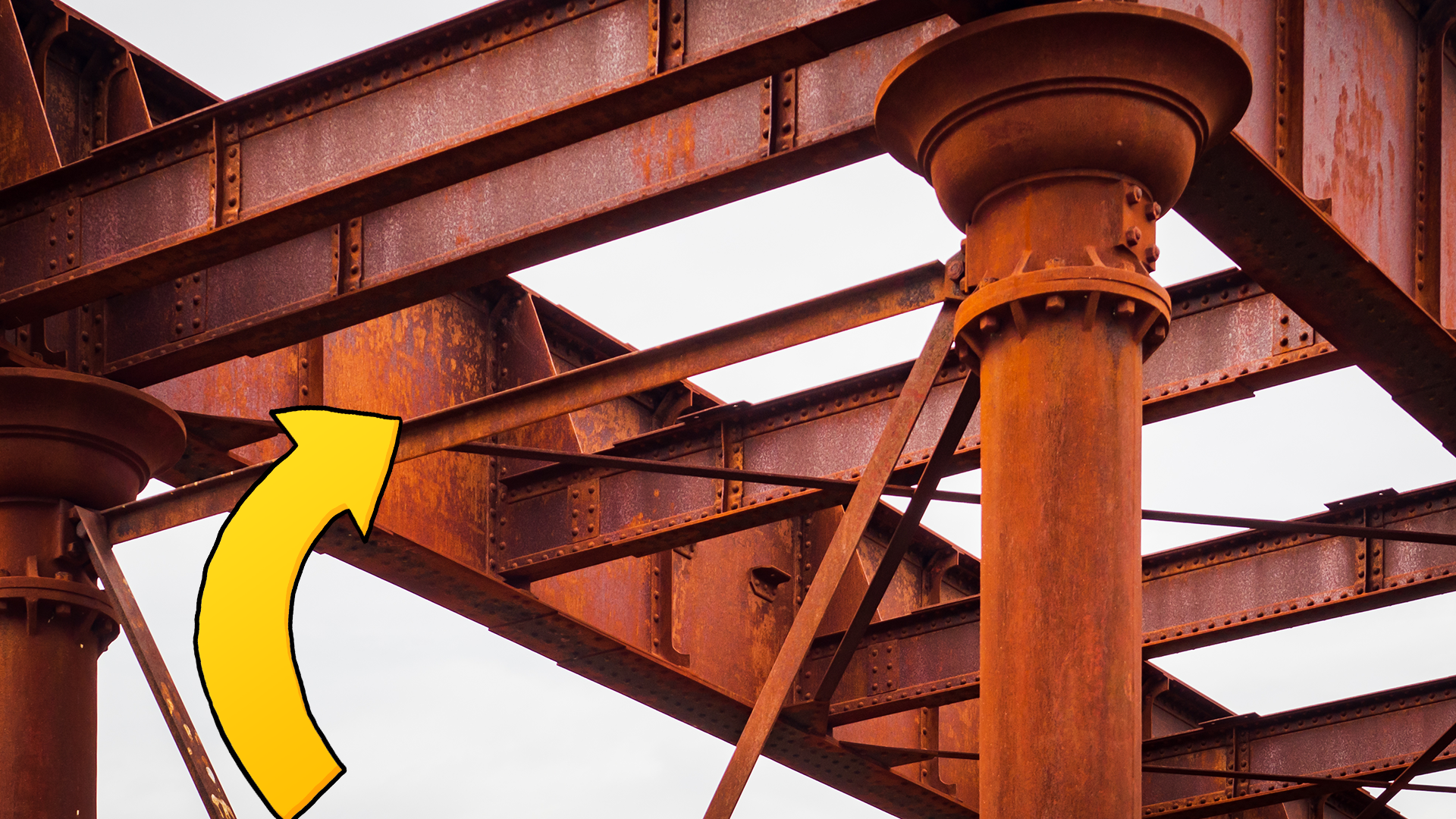
Ever wondered why Mars is the red planet? The soil is full of oxidised iron - that is, iron that has been exposed to the elements. This makes it turn red. This is also why rust is red! Your blood is red because it has iron in it, too!
20. Some animals have blue blood
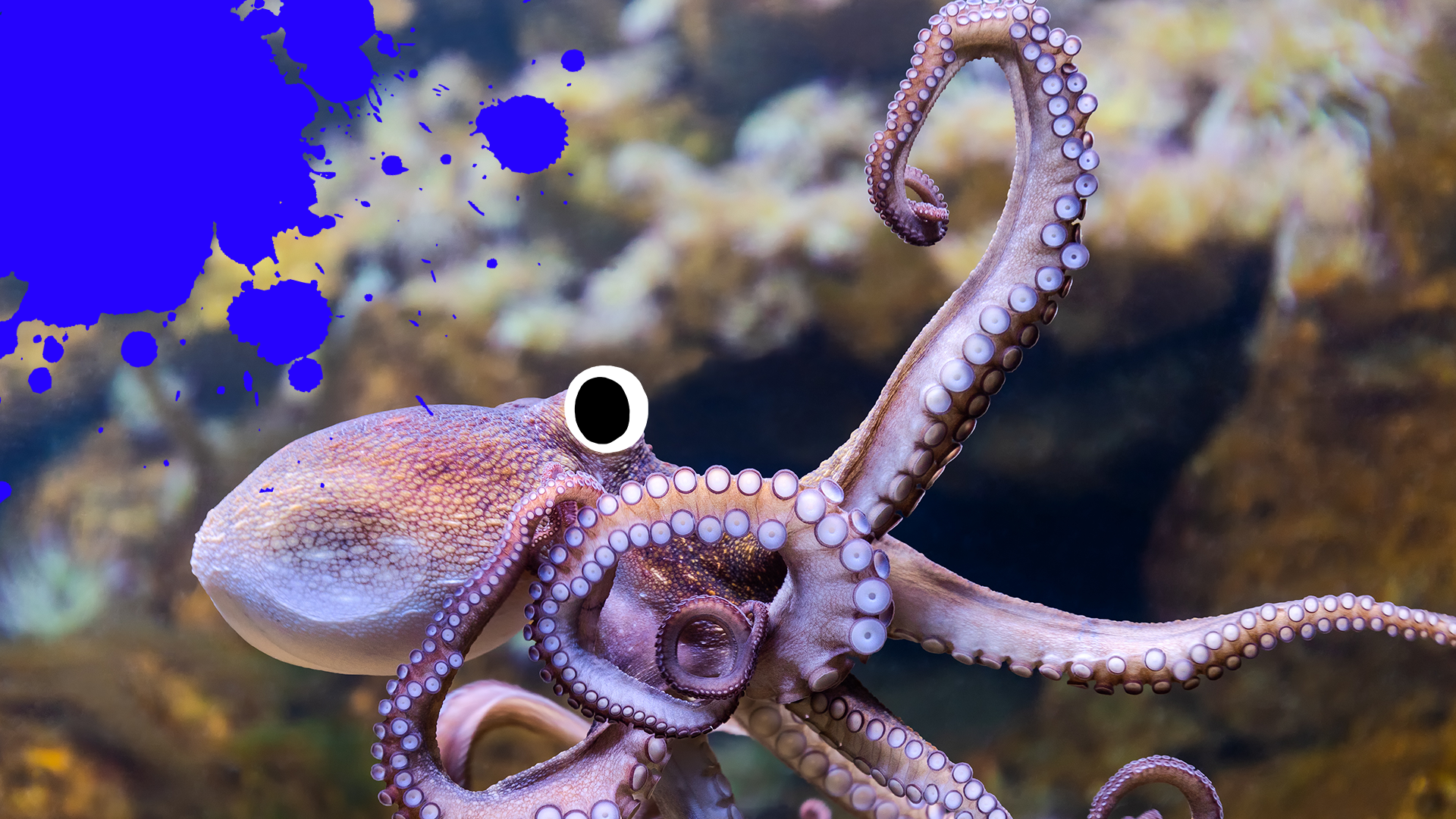
If you've ever heard that your blood is actually blue until it's exposed to air and that's why your veins are blue - sorry, that's a myth! Your blood is always red. But some animals DO have blue blood - lobsters, octopuses, squid, pillbugs, crabs, spiders and barnacles all have blue blood! This is because their blood contains copper, which turns blue when it's oxidised!










